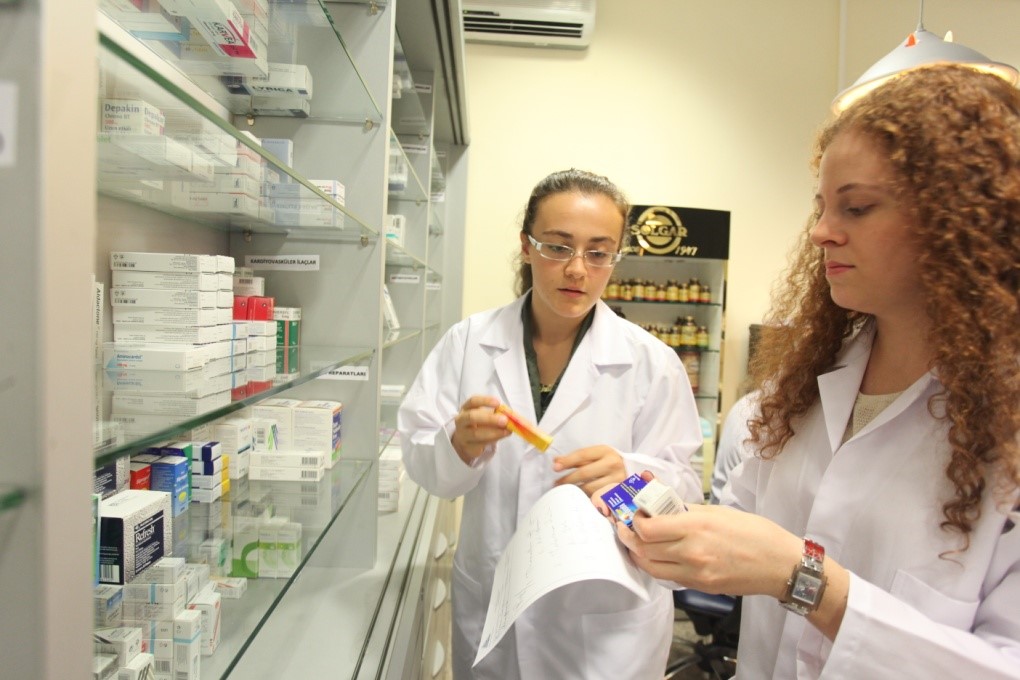
What is Physical Treatment?
The American Physical Treatment Association specifies physical treatment as "... a health profession whose primary purpose is the promo of ideal human health and function through the application of scientific principles to prevent, recognize, examine, fix, or reduce acute or prolonged motion dysfunction".
Physical Treatment is a profession whose primary function is the repair, maintenance, and promotion of optimal health, function, and lifestyle for individuals of all ages. The science of physical therapy includes the application of healing techniques, techniques, and interventions that help fix up an individual to their maximum physical potential. The art of physical treatment is assisting people help themselves.
In laws and guidelines specifying practice, physical therapy is often specified as the care and services offered by a physical therapist or a physical therapist assistant under the instructions and guidance of a physical therapist, and include:
Relieving problems and functional limitation by creating, executing, and modifying healing interventions;
Avoiding injury, disability, functional constraint and impairment; and Engaging in assessment, education, and research study.
More info about the profession of physical treatment might be obtained by checking out the American Physical Treatment Association's web site at www.apta.org
Who are Physical Therapist Assistants?
Physical Therapist Assistants, or PTA's, are experienced health care suppliers who deal with and under the direction and guidance of a physiotherapist to provide physical treatment services. In order for a private to practice as a PTA, they should graduate from a recognized PTA program and successfully pass a licensing/certification exam.
PTA's play an important role in supplying physical therapy services for people with numerous impairments. When a patient looks for or is referred for physical treatment services, the physical therapist carries out an initial evaluation and lays out a strategy of care. The PTA can then perform all or part of the treatment strategy as advised by the physical therapist.
The American Physical Treatment Association acknowledges the PTA as the only individual who helps the physiotherapist in the shipment of selected physical treatment interventions.
What does a Physiotherapist Assistant do?
The physical therapist assistant (PTA) carries out physical treatment interventions and related jobs under the direction and supervision of a physiotherapist. Such duties might include training clients in healing workout and activities of daily living, utilizing physical agents such as cold, heat, electrical energy, or water for pain relief and healing, advising individuals in using assistive gadgets for strolling, taking part in injury care, promoting wellness and injury prevention, offering patient and household education, training patients in wheelchair activities, helping the physical therapist in performing client evaluations and intricate interventions, and much more.
The PTA also keeps an eye on the patient's response to treatment, carries out various tests and procedures, documents pertinent aspects of client care, and preserves ongoing interaction with the supervising physiotherapist, as well as other healthcare professionals.
What is the distinction between a PT and a PTA?
The physiotherapist (PT) and the physical therapist assistant (PTA) vary in academic preparation and levels of duties as it associates with the provision of physical treatment services.
Today, the overwhelming bulk of PT schools educate physiotherapists at the Doctorate level, although many practicing therapists were informed when programs required only a Master's or Bachelor's degree. The PTA is educated at the Partner's degree level, which typically equates to two years of college.
The PTA has a working understanding of the theory behind treatment interventions, knows pathological conditions being dealt with, and understands how to use modalities and strategies used to deal with those conditions.
The PT has extensive education in evaluative abilities, research, and administration, in addition to advanced coursework in human anatomy, neuroanatomy, orthopedics, pathology, and restorative techniques. Both the PT and the PTA should graduate from certified programs and pass a licensing examination in order to practice in their respective functions.
Consumers/patients may look for the services of the physical therapist directly, or, the patient may be referred to a physiotherapist by a physician. The PT carries out the initial examination and evaluation of the client. The evaluation will lead to a physical therapy medical diagnosis, and as appropriate, the PT will establish goals or outcomes to be achieved by a physical therapy strategy of care and treatment strategy.
The PTA can not perform the preliminary examination or examination; however, the PTA might help the PT in collecting data. Following the examination of the patient, the PTA may carry out selected interventions and information collection as directed by the supervising PT. The PTA should constantly work under the direction and guidance of a physical therapist. The collective relationship in between the PT/PTA is highly reliable and valued, and the team significantly contributes to the Click for more info success of the general rehab procedure.